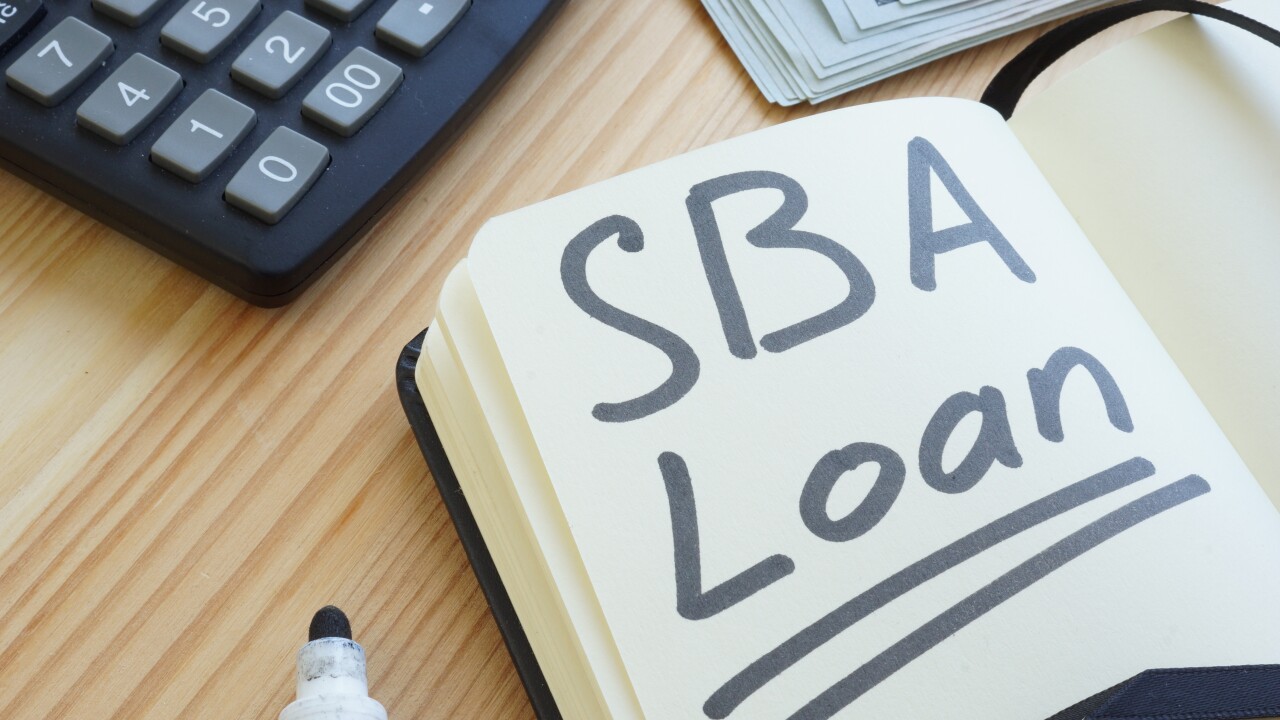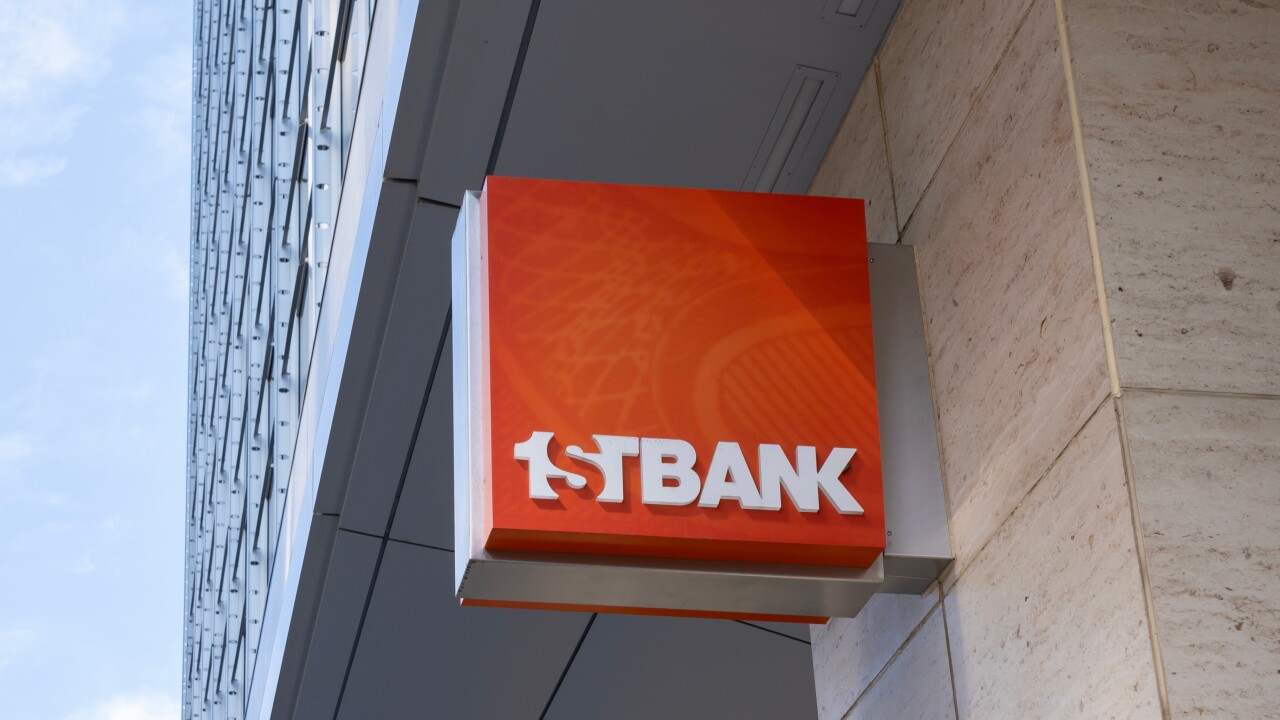Consumer bankcard and private-label credit card account defaults declined again in May, reaching lows not seen in more than two years as the economy continues to stabilize, according to new data from Fitch Inc.
In another positive sign for lender profitability, consumers in June borrowed more on credit cards, according to new data the Federal Reserve Board released Aug. 5.
Consumer revolving credit, 98% of which is tied to consumer credit cards, surged $5.2 billion to $798.3 billion in June from $793.1 billion in May, the Fed said in its G.19 report. The results mark the second consecutive monthly increase in revolving credit after two years of declining credit card receivables.
The U.S. average bankcard default rate in May dropped to 7.29%, down 13 basis points from 7.42% in April, Fitch said in its monthly credit card performance report published Aug. 4.
The decline marks the lowest bankcard charge-off rate since March 2008, with all major issuers reporting improvements, except for JPMorgan Chase & Co., which experienced a slight increase in charge-offs.
Fitch dismissed Chase’s increase in defaults as “a small blip,” noting that overall the firm expects prime credit card performance to remain stable as issuers hold the line on risk and cardholders continue to pay down debt.
The delinquency rate during May on credit card accounts at least 60 days past due declined 18 basis points to 2.57% from 2.75% in April, reaching a level not seen since August 2007, Fitch said.
The private-label credit card default rate in May also declined, falling 74 basis points, to 9.85% from 10.59% in April, marking a 31-month low. It was the first time the charge-off rate on private-label credit cards has reached the single digits in more than two years, Fitch said.
The delinquency rate on private-label credit card accounts more than 60 days past due declined 27 basis points to 3.42% from 3.69% in April, reaching a 46-month low.





